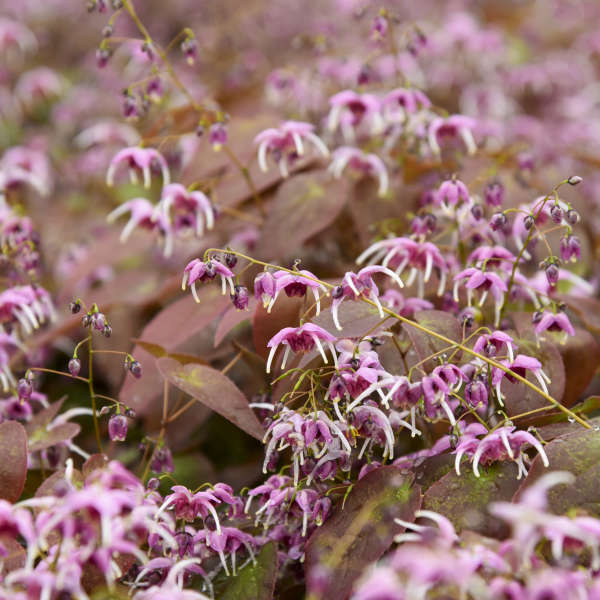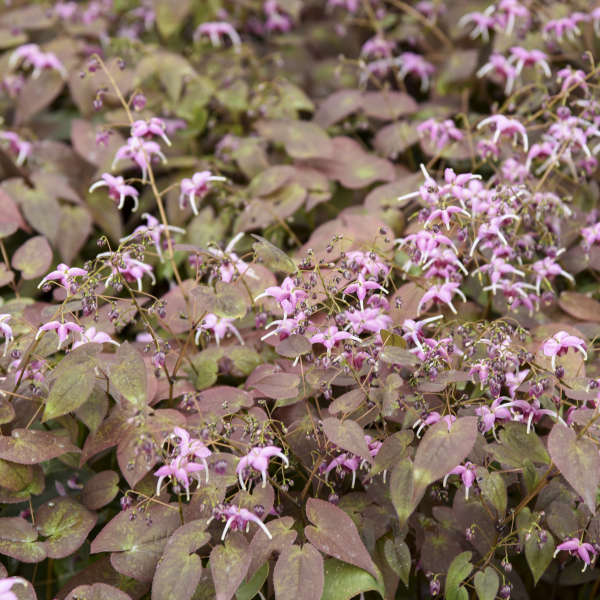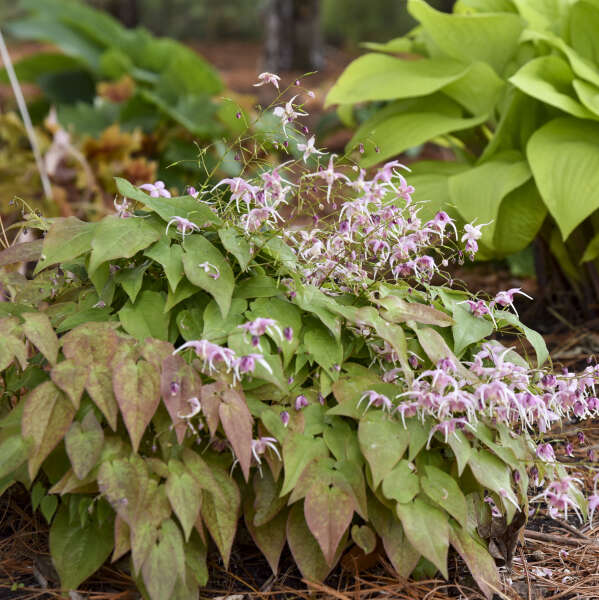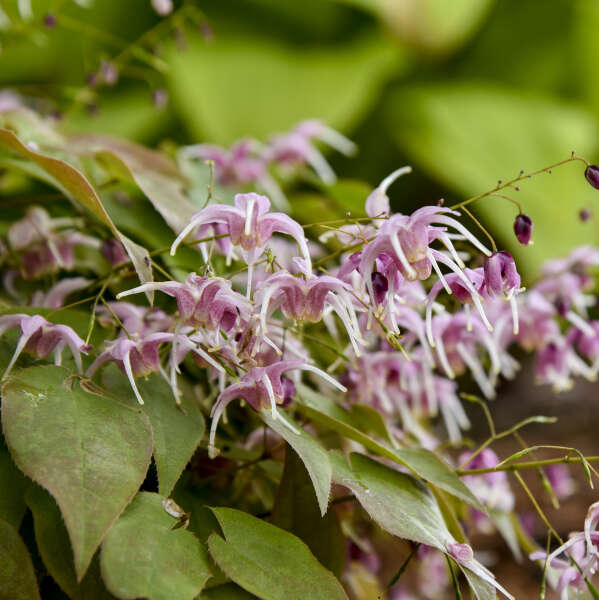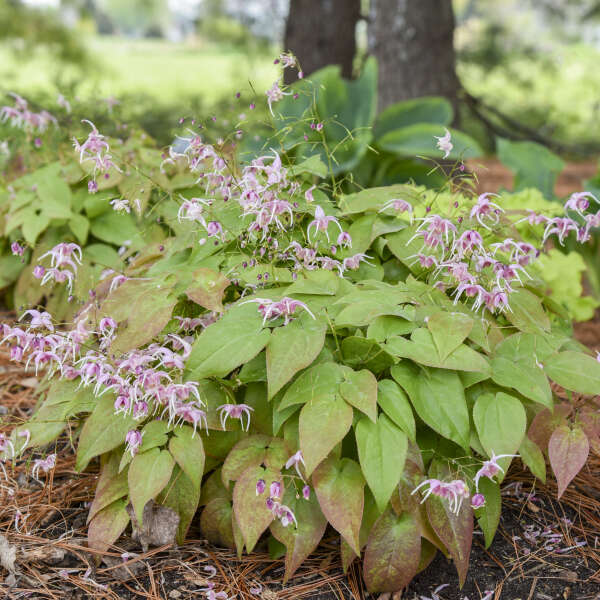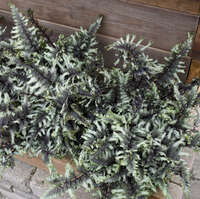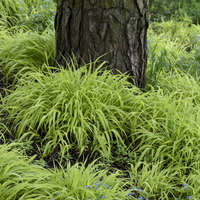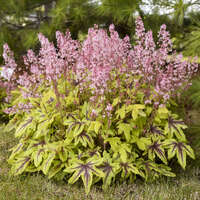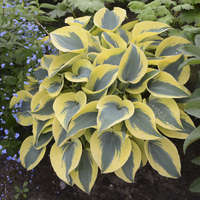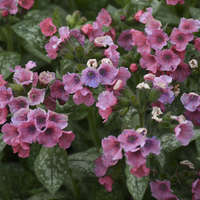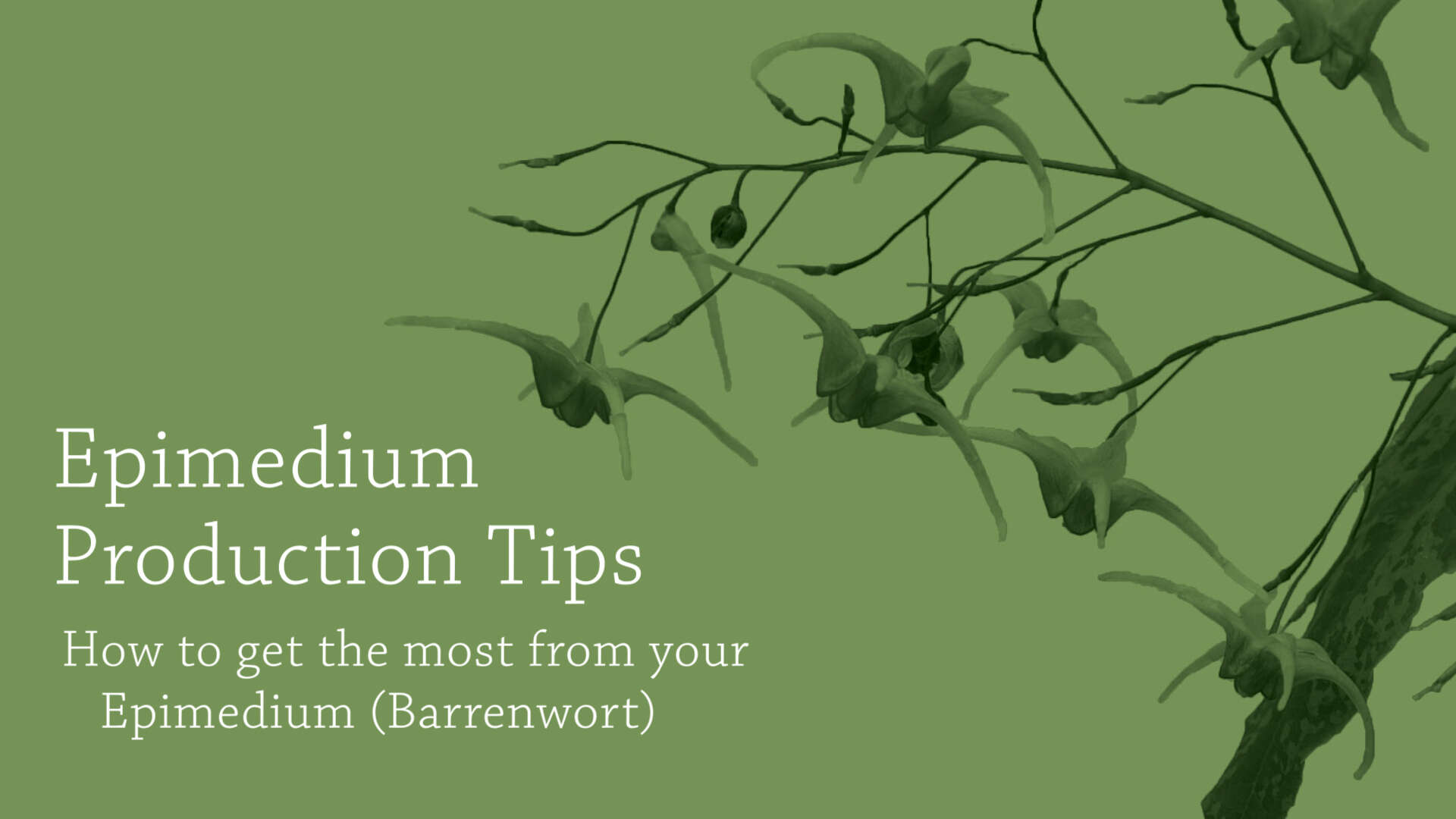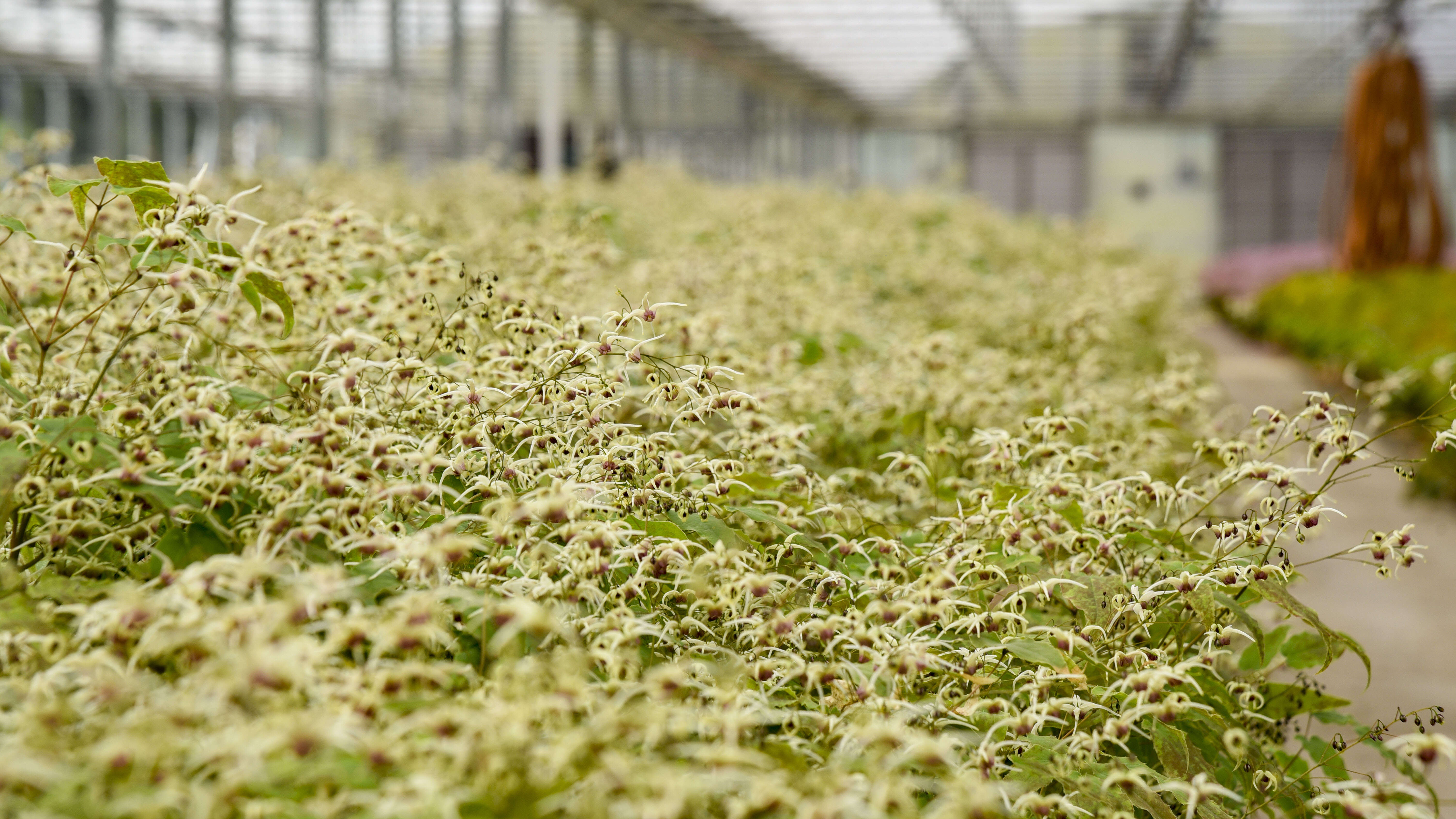Epimedium 'Pretty in Pink'
Common Name: Barrenwort
This beautiful E. grandiflorum hybrid is the perfect choice for your spring shade garden. Flowers have white spurs, rose pink backs, and deeper rose centers. Small heart-shaped, bright green foliage takes on dramatic bronzing that's reminiscent to the color of autumn maple leaves. Compared to 'Pink Champagne', this is a smaller stature plant, with darker pink flowers, and more pronounced bronze foliage.
Epimedium are one of the few plants capable of surviving in dry shade. Although slow to establish, mature plants will not be missed in the landscape, particularly when in flower. These plants are appreciated for their durability and critter resistance, but loved for the long sprays of jester hat-like flowers in spring.
30ct Plug Tray |
